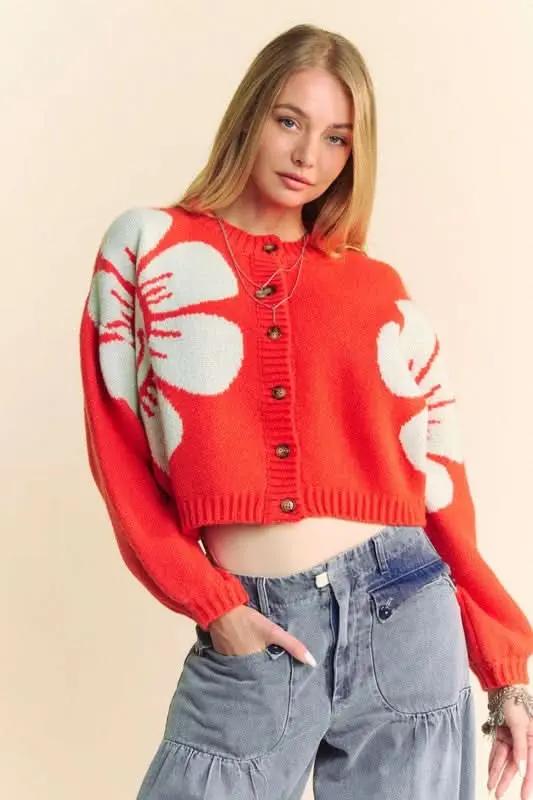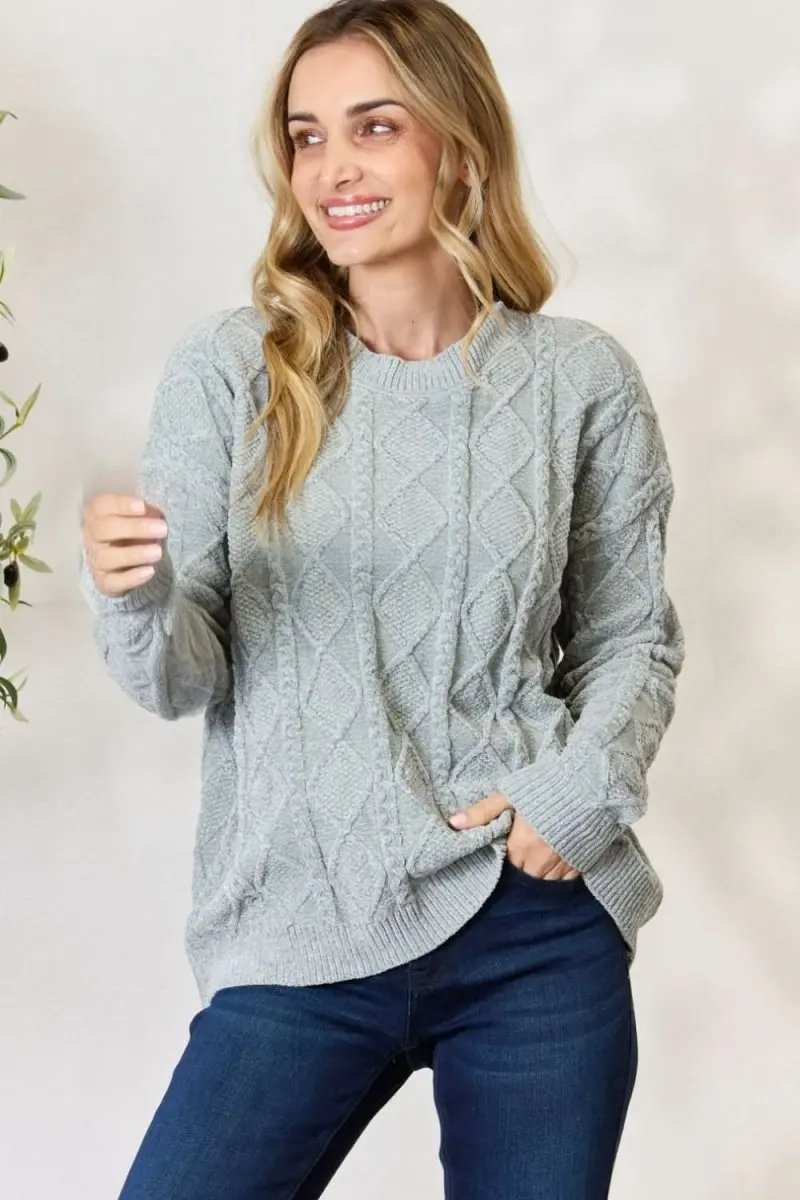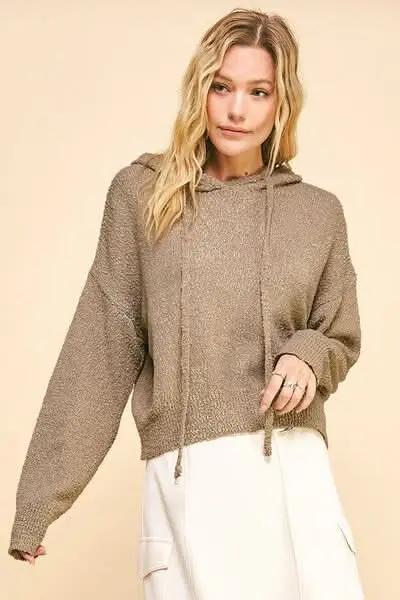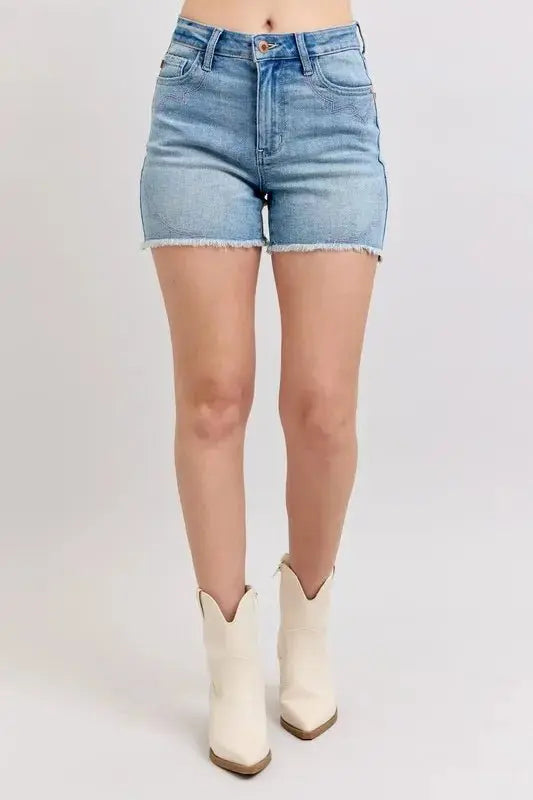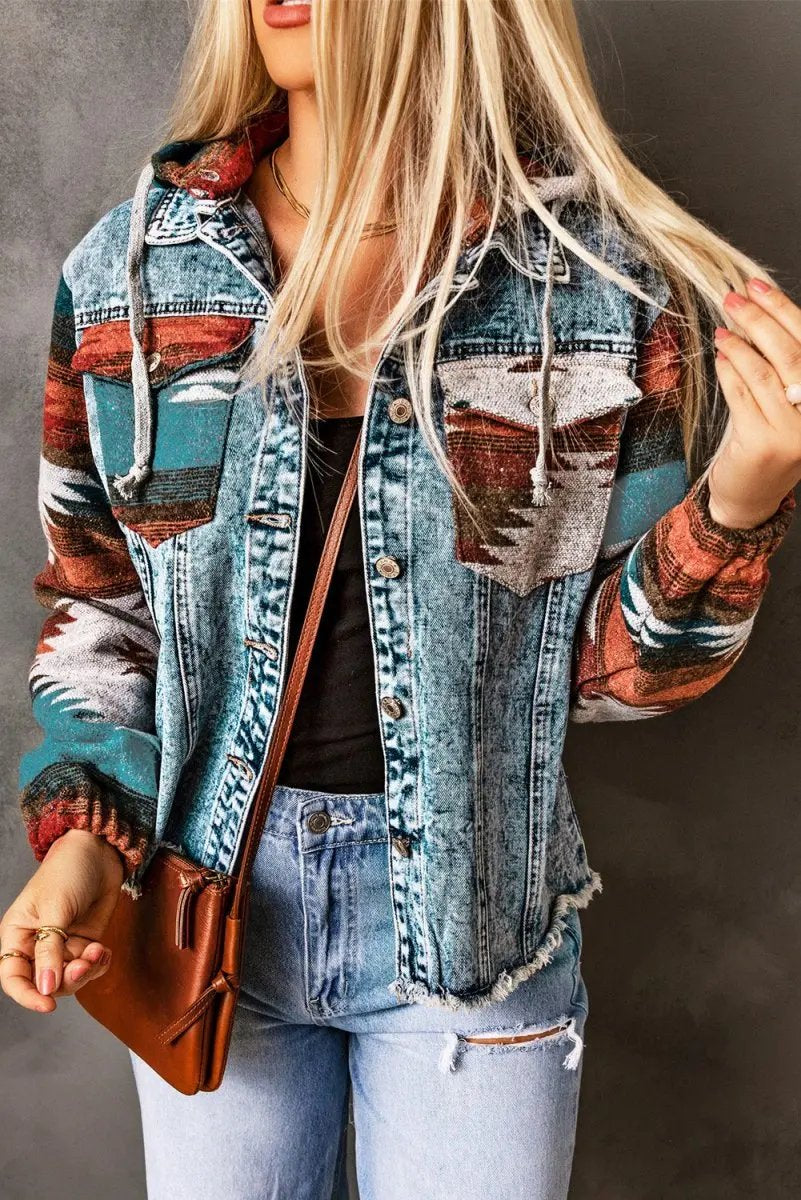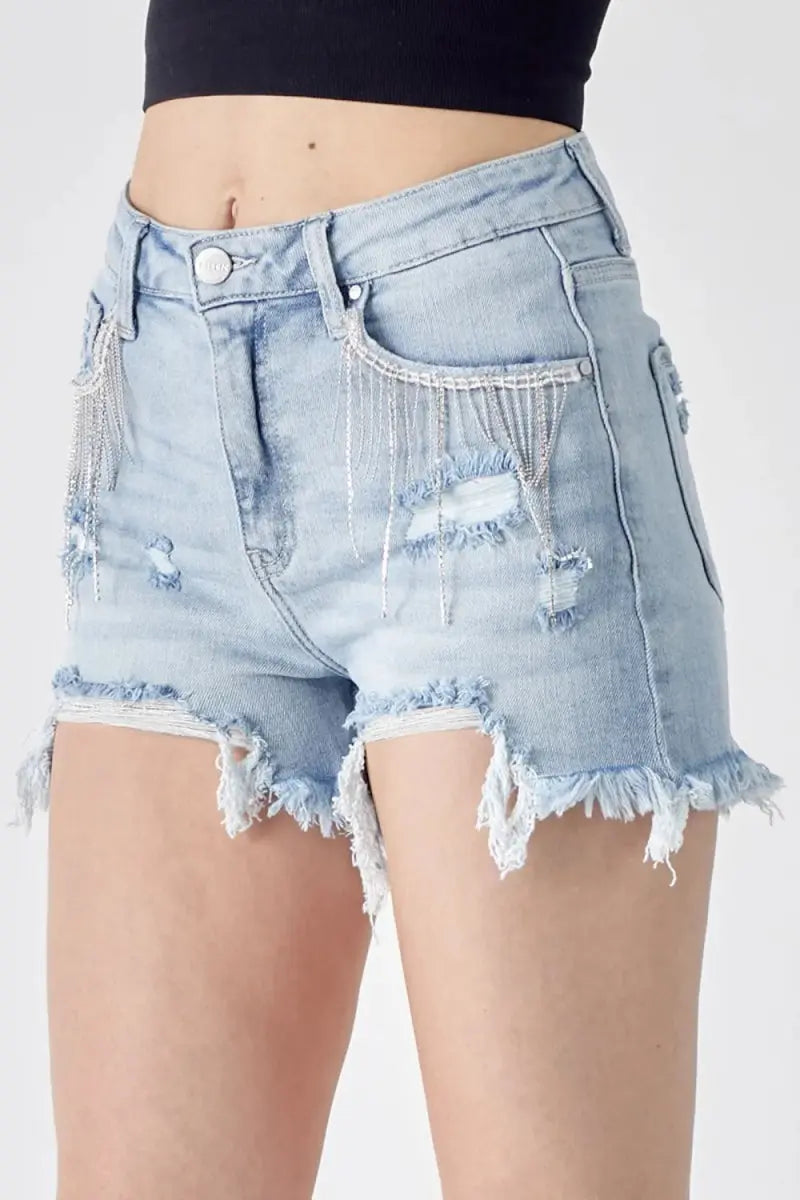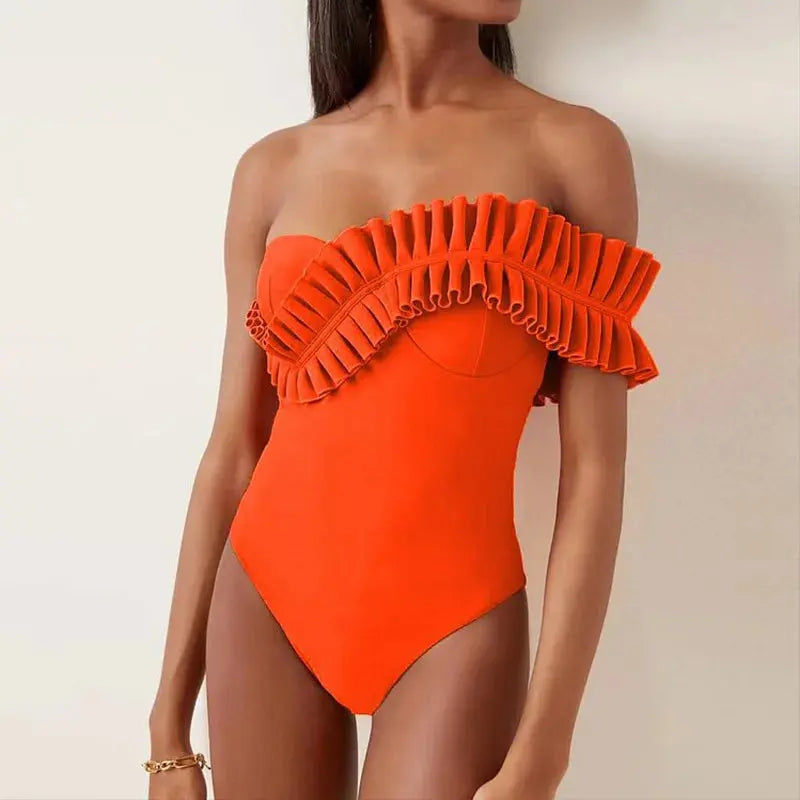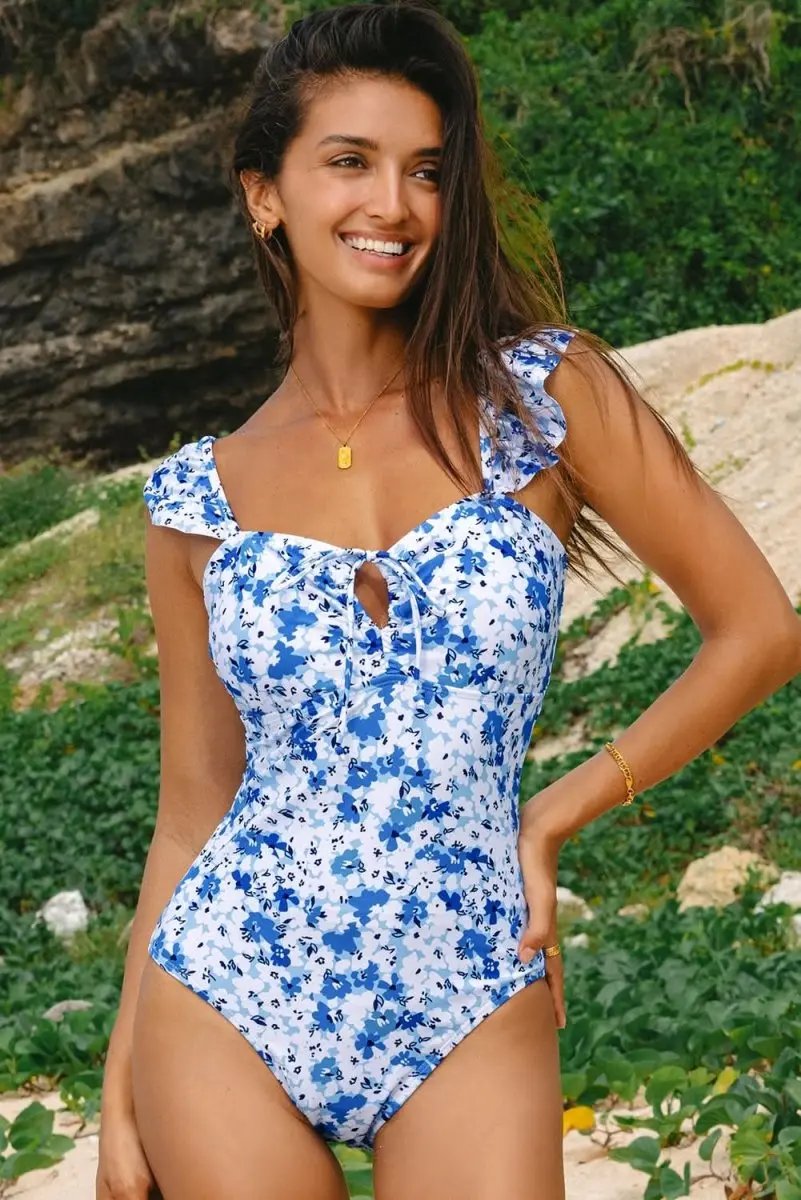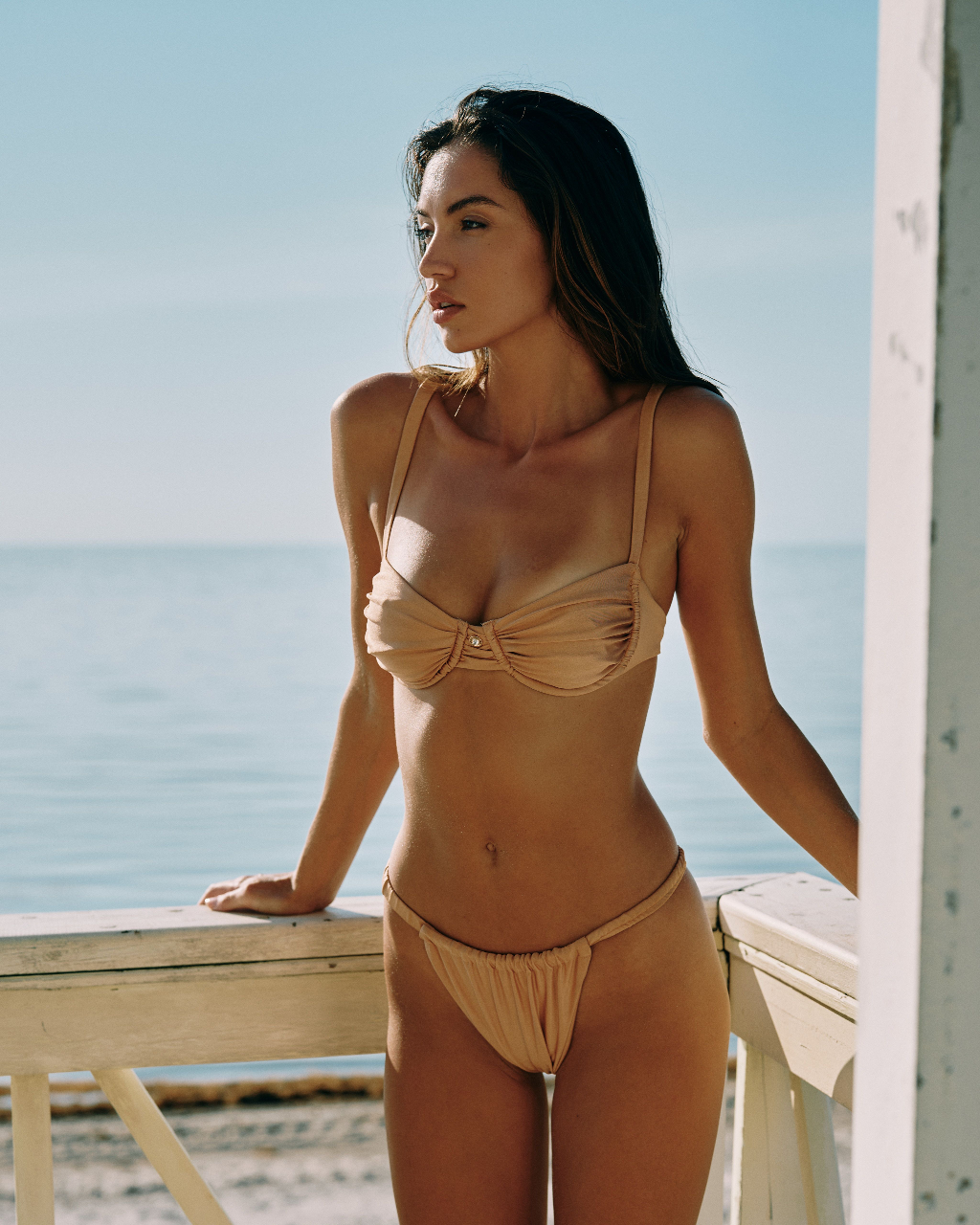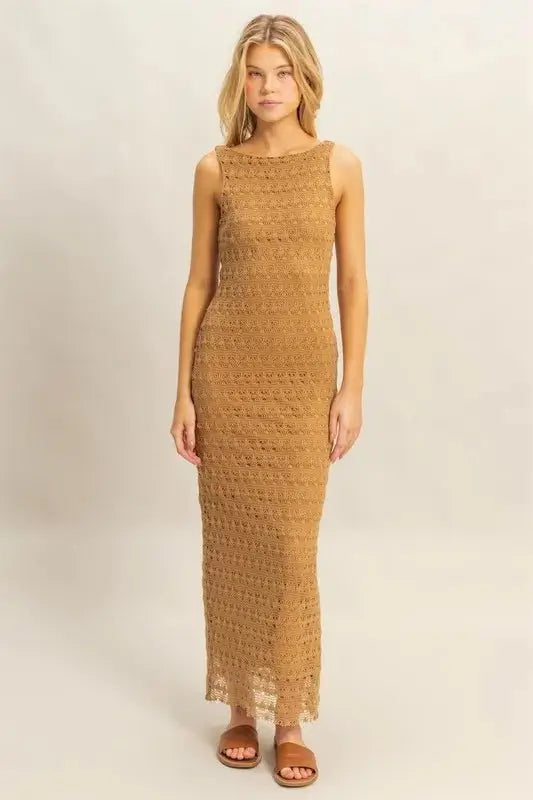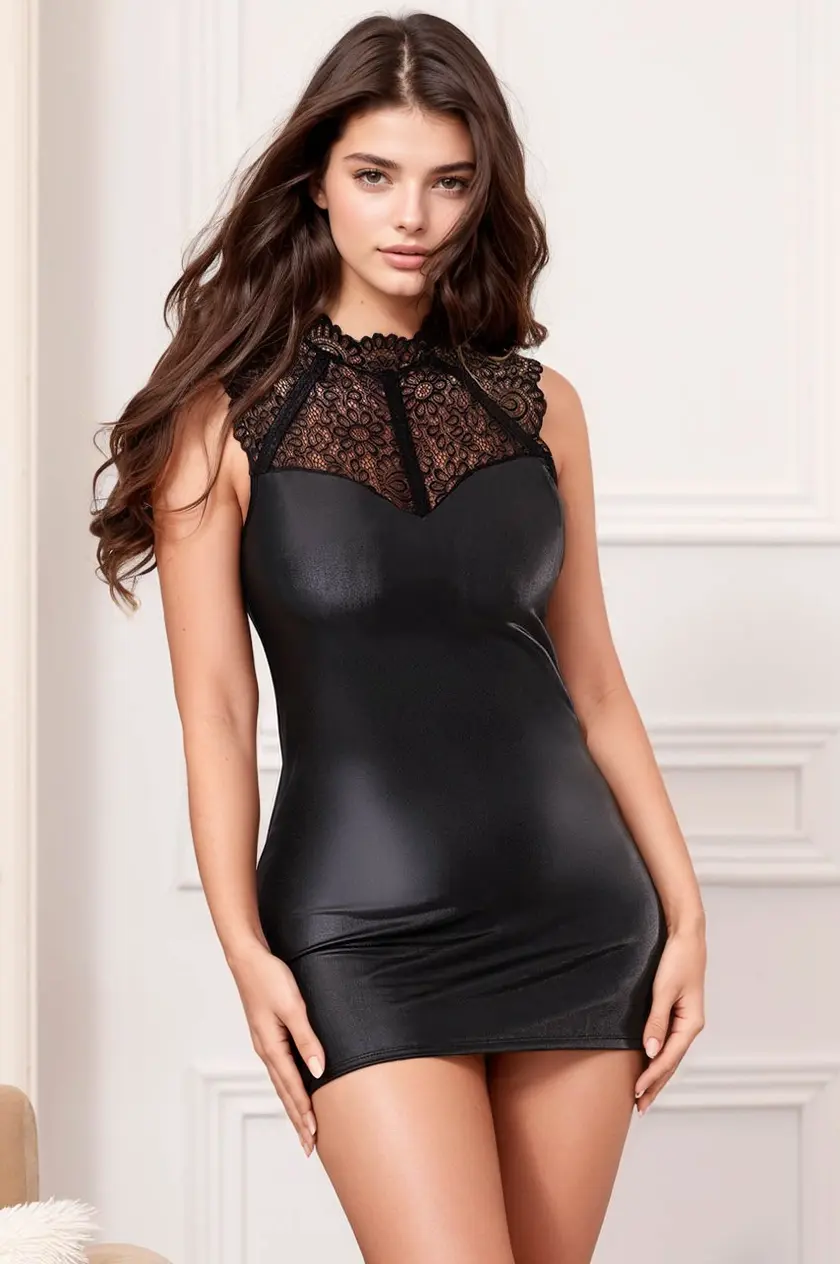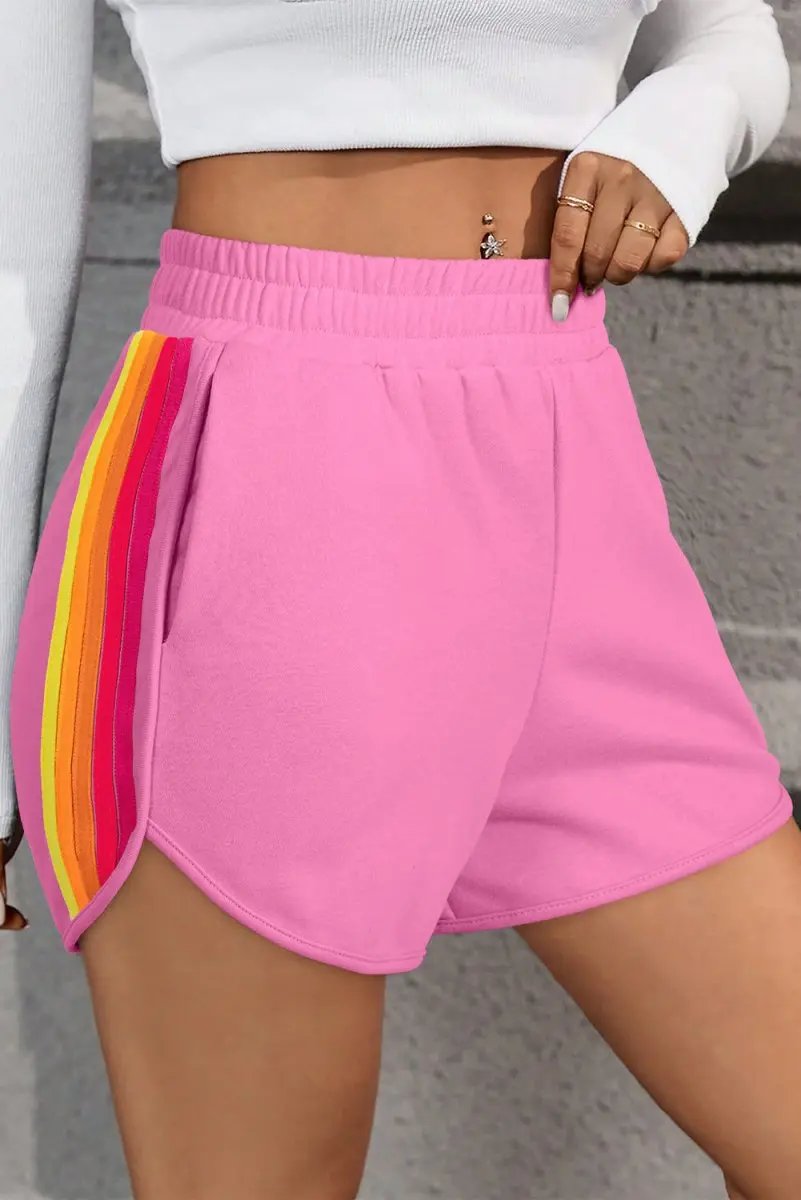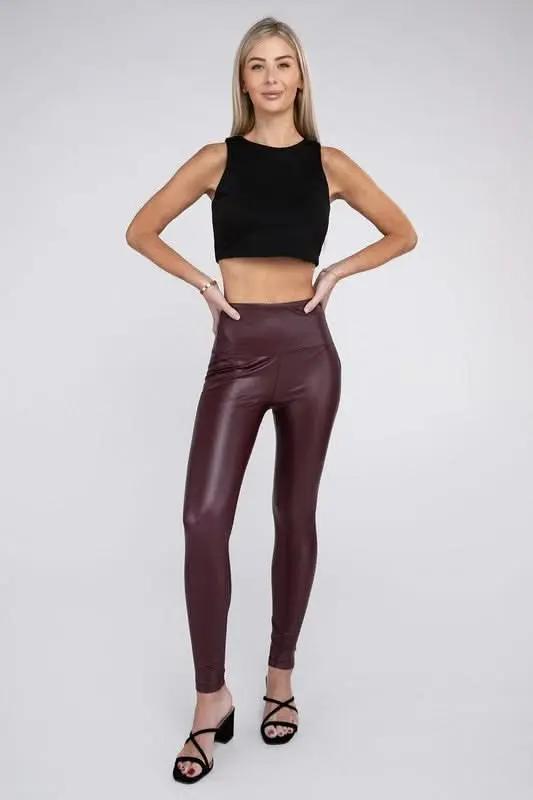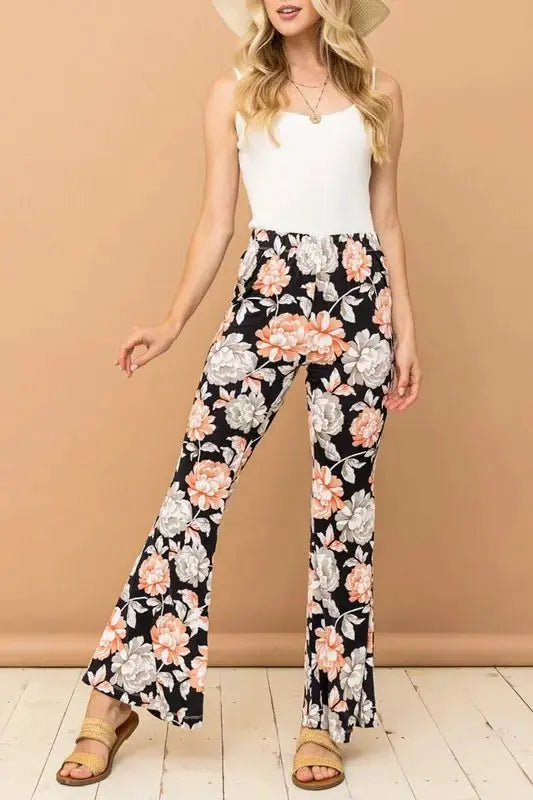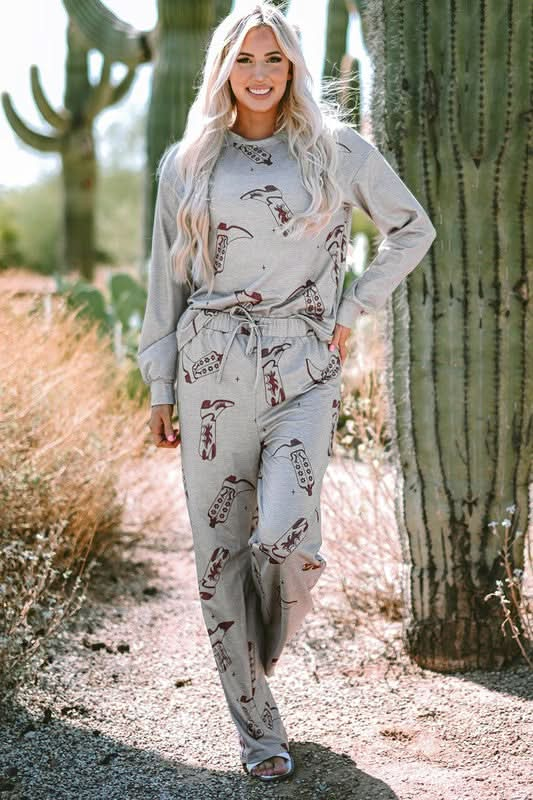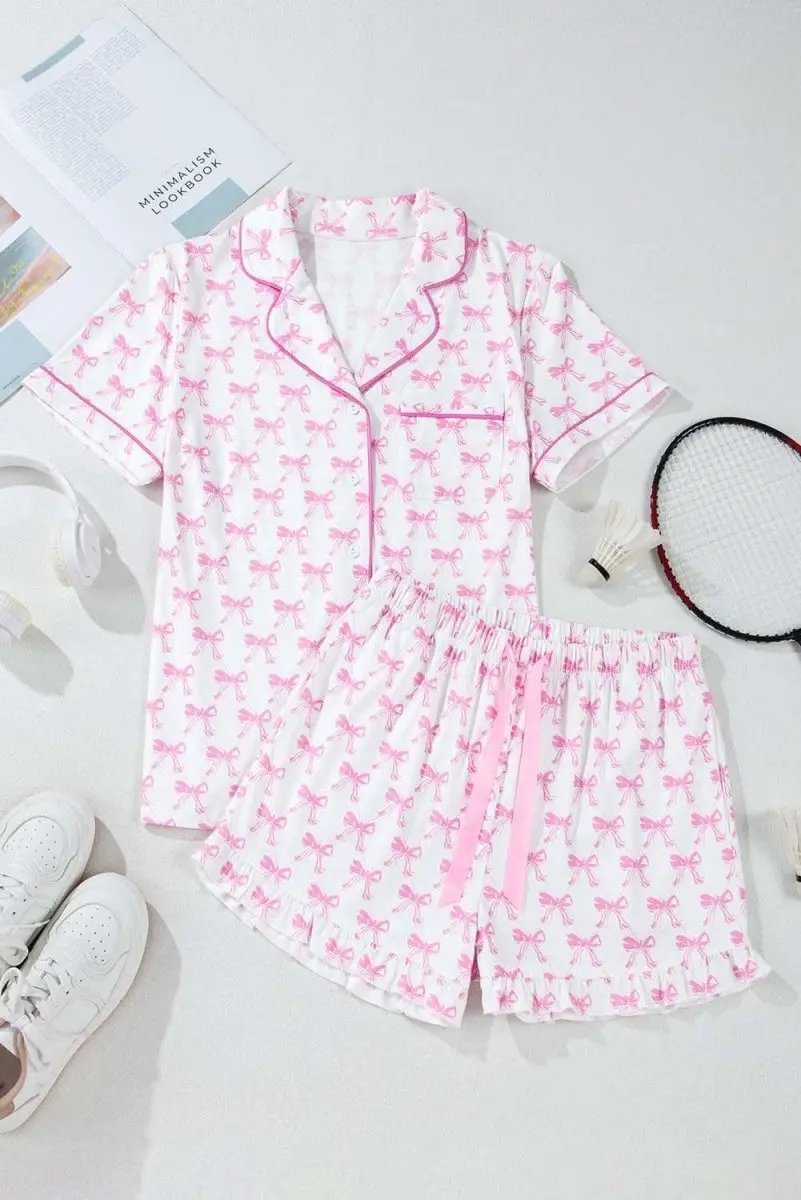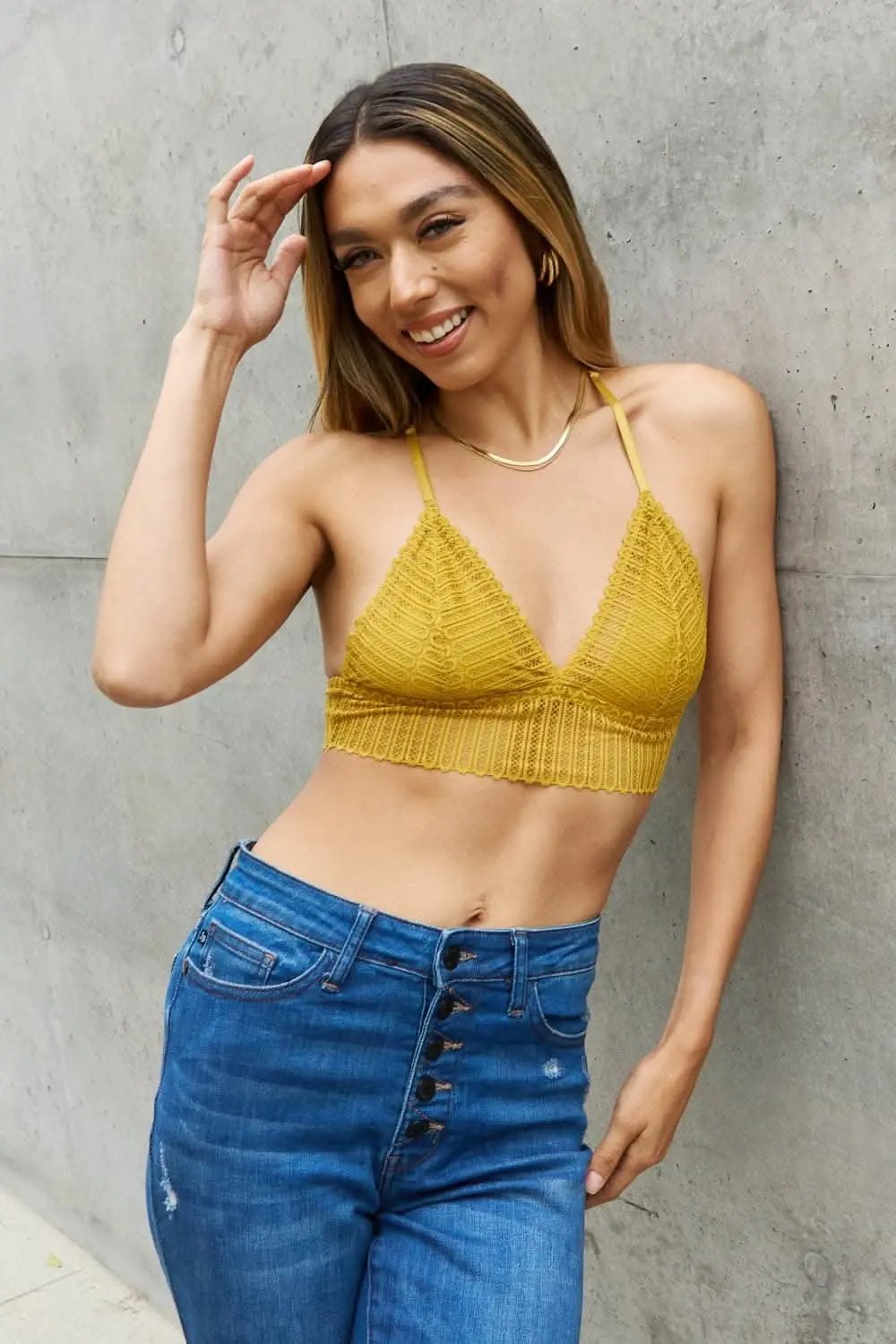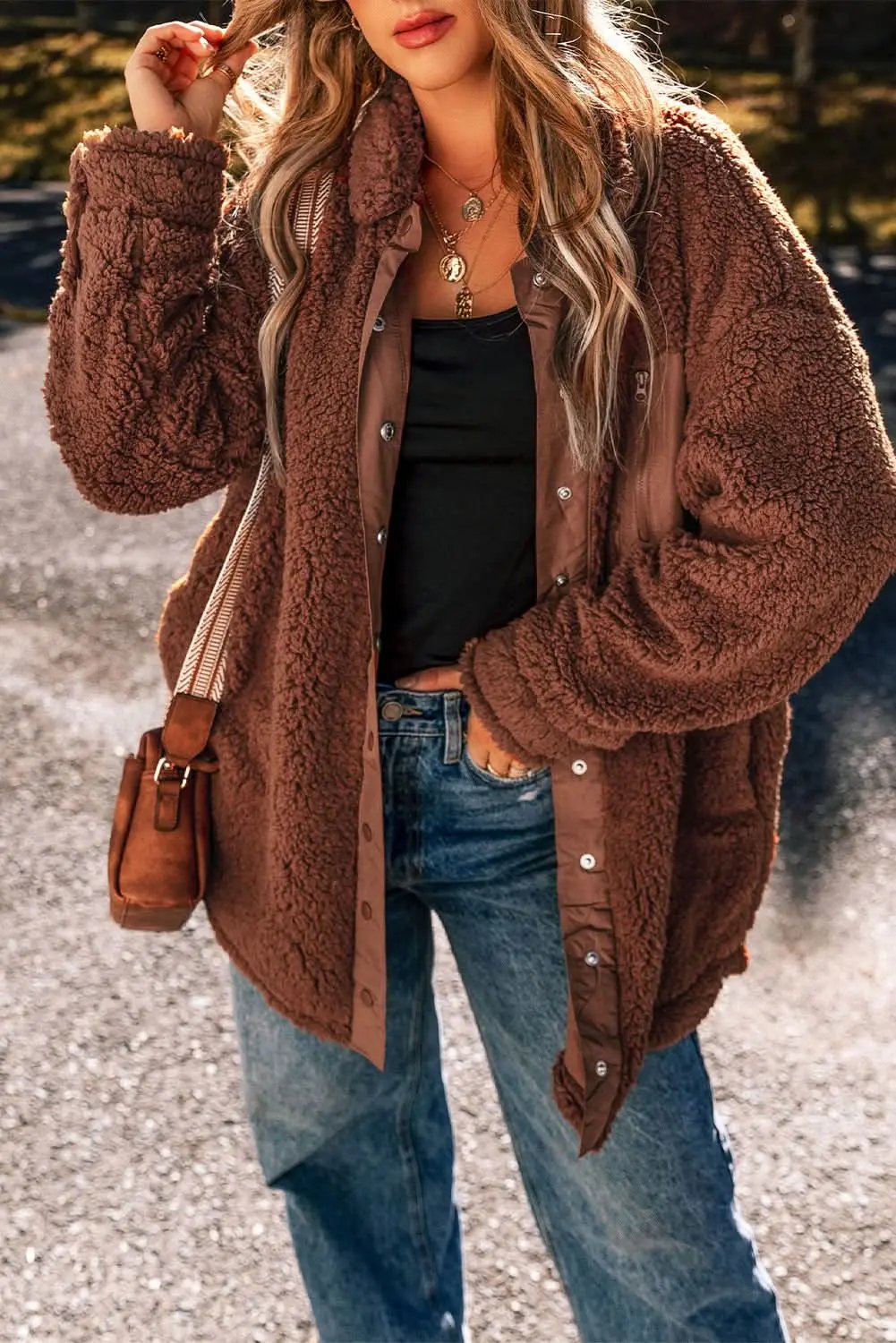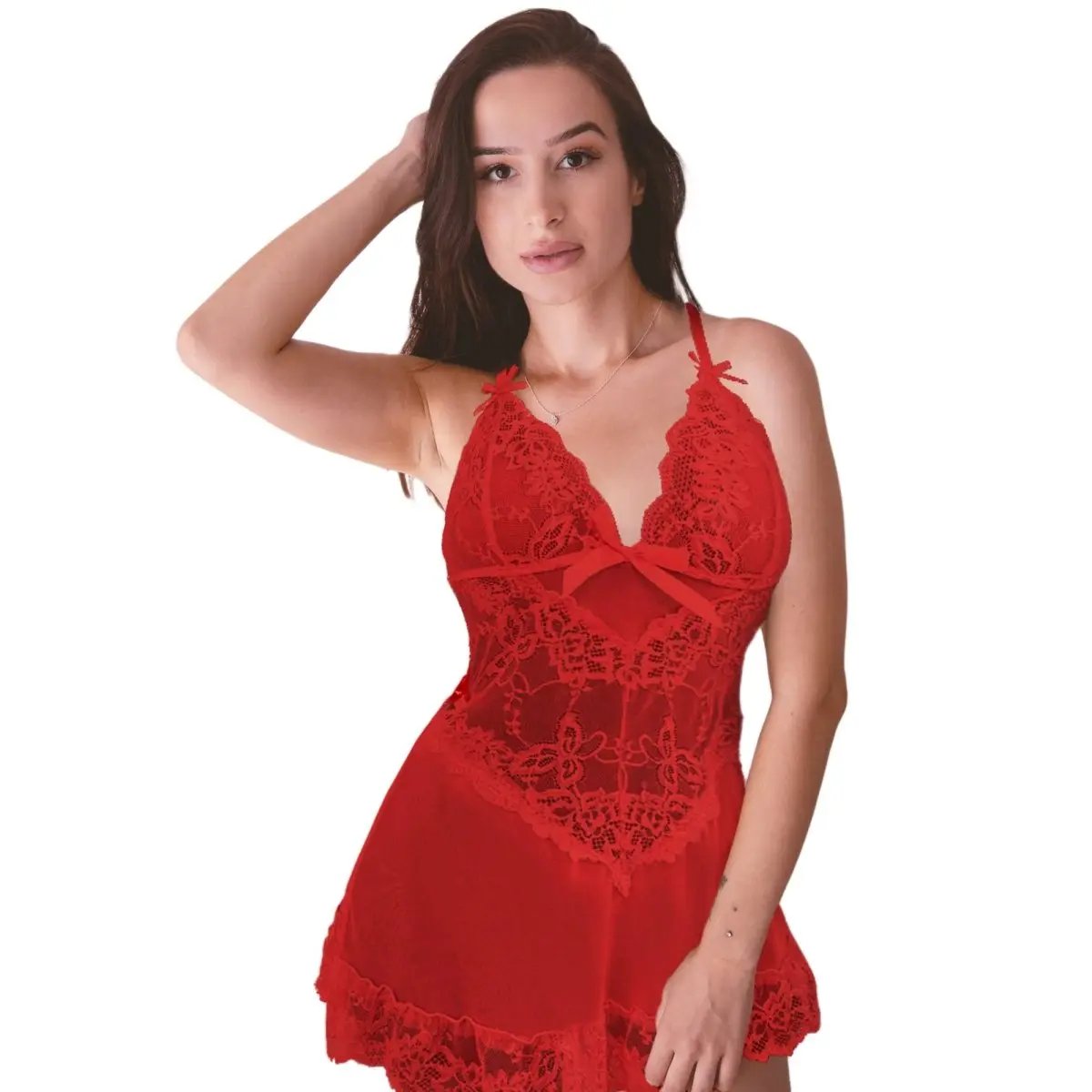Introduction
In 2025, the fashion industry is experiencing a profound transformation driven by two significant movements: sustainability and inclusivity. Consumers are increasingly demanding ethical products that reflect their values, and brands are responding by integrating eco-friendly fabrics into their collections. Simultaneously, the push for more inclusive sizing options is reshaping how fashion caters to diverse body types, especially within the plus-size segment. This convergence of environmental responsibility and body positivity is fostering innovative trends that emphasize eco-conscious materials tailored for all sizes. In this comprehensive overview, we delve into the most influential eco-friendly fabrics shaping the future of plus-size fashion and explore how they are elevating inclusivity in 2025.
The Emergence of Eco-Friendly Fabrics in the Fashion Industry
The global fashion industry is one of the largest polluters, contributing to environmental degradation through resource-intensive production processes, chemical usage, and waste generation. To counteract these issues, sustainable textile innovations have gained momentum, with eco-friendly fabrics leading the charge. These materials are developed from renewable resources or recycled content, significantly reducing the carbon footprint of clothing manufacturing. Some of the most impactful eco-friendly fabrics influencing fashion today include:
- Bamboo Fabric: Known for its rapid growth and minimal resource requirements, bamboo fabric is a sustainable choice. It is naturally soft, breathable, and biodegradable, making it highly suitable for comfortable, everyday clothing.
- Tencel (Lyocell): Produced via a closed-loop process that recycles solvents and water, Tencel is derived from sustainably sourced eucalyptus trees. Its silky texture, durability, and environmental credentials make it a favorite among designers prioritizing sustainability.
- Recycled Polyester (rPET): Made from recycled plastics, especially ocean plastics, rPET reduces plastic waste and minimizes reliance on virgin petroleum-based fibers. It is versatile and widely used for everything from activewear to high fashion.
- Hemp: An ancient crop gaining resurgence, hemp requires little water and no pesticides, improves soil health, and produces strong, breathable fibers ideal for casual and chic apparel.
- Algae-Based Fabrics: Emerging as a promising bio-fabric, algae-based textiles utilize sustainable algae biomass to produce soft, durable fabrics with a low environmental impact.
These fabrics are only the beginning of a broader movement toward a circular, responsible fashion industry. Innovations continue to emerge, focusing on reducing chemical usage, conserving water, and facilitating recycling and biodegradability.
The Intersection of Eco-Friendly Fabrics and Plus-Size Fashion
The plus-size segment has historically faced challenges related to limited options, lack of diversity in designs, and the problematic sizing standards. The adoption of eco-friendly fabrics offers new opportunities to experience positive change in three critical ways:
1. Enhancing Comfort and Confidence
Eco-friendly fabrics like Tencel and bamboo are naturally breathable, moisture-wicking, and gentle on the skin, which are essential qualities for plus-size apparel that prioritizes comfort. These materials help reduce chafing and irritation, fostering confidence and encouraging body positivity among consumers.
2. Promoting Diversity in Design and Fit
The flexibility of sustainable textiles allows designers to create a wide range of styles—from relaxed loungewear to elegant evening garments—that celebrate diverse body shapes. This inclusivity helps break down stereotypical beauty standards and promotes acceptance for all body types.
3. Supporting Ethical and Responsible Fashion
Eco-conscious production methods align closely with ethical practices like fair labor standards, transparent sourcing, and reduced chemical exposure. For plus-size consumers seeking responsible fashion, this connection offers an added layer of assurance about the integrity of their clothing choices.
4. Expanding Market Opportunities
The synergy of sustainability and inclusivity broadens market appeal. Brands that emphasize eco-friendly fabrics in their plus-size lines can reach a wider audience of ethically aware shoppers who are eager to purchase stylish, sustainable clothing that fits well and feels good.
Current Trends in Eco-Friendly Plus-Size Fashion (2025)
As sustainability and inclusivity become mainstream priorities, several key trends have emerged in the plus-size fashion landscape for 2025:
- Inclusive Capsule Collections: Many brands now offer dedicated capsule collections made entirely from eco-friendly fabrics. These collections emphasize body positivity through diverse sizing and celebrate sustainability through transparent sourcing and eco-conscious production.
- Natural and Non-Toxic Dyes: The use of plant-based dyes is gaining popularity, providing vibrant colors without the environmental footprint of synthetic dyes. This supports eco-friendly principles without sacrificing aesthetic appeal.
- Layered and Versatile Styles: Designers are creating adaptable garments that can be layered and styled in multiple ways, made from sustainable textiles—catering to diverse needs and promoting zero-waste fashion practices.
- Collaborations with Eco-Activists and Influencers: Partnerships between fashion brands and environmental advocates are elevating the visibility of sustainable plus-size fashion, fostering community engagement and educational outreach.
- Emphasis on Transparency and Certifications: Consumers are demanding greater transparency, leading brands to seek certifications such as GOTS (Global Organic Textile Standard) and OEKO-TEX, assuring eco-friendly and safe fabrics.
These trends underscore a collective movement towards more conscious consumption and equitable representation in fashion.
Challenges and Opportunities
While the integration of eco-friendly fabrics into plus-size fashion offers numerous benefits, it also presents certain challenges:
- Higher Production Costs: Sustainable fabrics and ethical manufacturing can be more expensive, potentially leading to higher retail prices that may limit accessibility.
- Limited Supply and Innovation: The development and scalability of new bio-fabrics require substantial research, investment, and infrastructure.
- Consumer Education: Increasing awareness about eco-friendly fabrics and their benefits is essential for driving demand and responsible purchasing behaviors.
However, these challenges also open avenues for innovation, collaboration, and advocacy. Brands that invest in research, prioritize transparency, and foster community engagement will be better positioned to lead the sustainable plus-size fashion revolution in 2025.
Conclusion
The convergence of eco-friendly fabrics and inclusive plus-size fashion in 2025 signifies a pivotal shift toward a more responsible and diversified industry. By adopting sustainable textiles such as Tencel, bamboo, hemp, and recycled polyesters, designers and brands are creating garments that prioritize comfort, style, and ecological integrity. These materials empower consumers of all sizes to embrace their bodies confidently and make environmentally conscious choices.
As the industry continues to innovate, transparency and ethical practices will become standard expectations. The future of fashion is not only about looking good but doing good—embracing sustainability, promoting diversity, and fostering a culture of respect and responsibility. The ongoing evolution promises a vibrant and inclusive landscape where every individual can find fashionable, eco-friendly options that truly celebrate their unique identities in 2025 and beyond.
